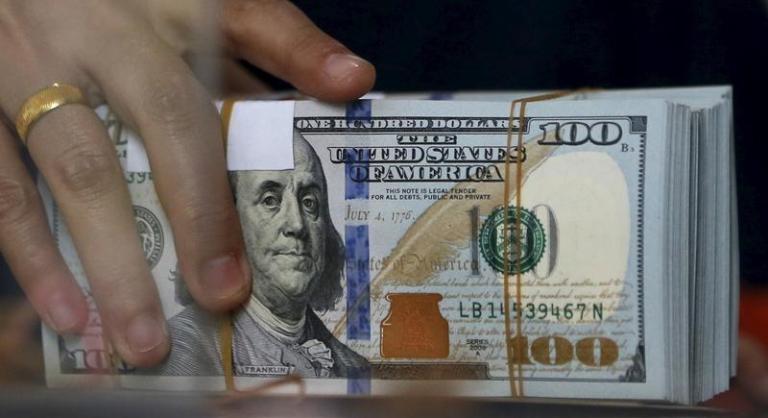U.S. dollar price at record high against Sudanese pound

November 6, 2017 (KHARTOUM) – The U.S. dollar exchange rate on Monday has hit a new all-time high in the black market as the Sudanese pound (SDG) declined to 23.3 per dollar.
Traders in central Khartoum attributed the price rise to the scarce supply and the growing demand for the dollar.
“The lift of the [U.S.] sanctions was counterproductive because large importing companies have entered the market to buy [U.S. dollar] due to the failure of banks to supply them with enough foreign exchange,” a trader told Sudan Tribune.
“If the situation continues unchanged, the dollar price would reach 25 pounds within two weeks only,” he added.
For his part, economic expert Mohamed Al-Nayer told Sudan Tribune the government must issue two decisions to curb the rise in the dollar price.
“The first decision is to announce an incentive policy to attract expatriates’ remittances, and the second is to review the Central Bank’s policy regarding the gold,” he said.
He pointed out that expatriates’ remittances are estimated at $6 billion, saying most of it is being transferred through the parallel market, not the banking system.
“If the government managed to attract this $6 billion to the banking system, it would cover the deficit in the trade balance,” he said.
Al-Nayer stressed the need to review the Central Bank of Sudan’s (CBoS) policy pertaining to gold exports, saying the CBoS must either withdraw from the exports market fully or review its purchase price from the private sector.
He pointed they continued to ask the government to take the two decisions in conjunction with the U.S. decision to lift the economic embargo, saying these decisions provide the solution for the economic crisis in the short run.
According to Al-Nayer, “the positive impact of the sanctions relief would be seen in the medium or long term, two to three years”.
The economic expert added the third option is to receive investment deposits and loans from the friendly countries, stressing the other two decisions represent the best option because they provide quick revenues.
In November 2016, the CBoS introduced an incentive policy, increasing the exchange rate in commercial banks by 131%. As a result, the U.S. dollar exchange rate went up in banks to 15.8 SDG from the official rate of 6.5 SDG.
However, this measure didn’t halt the rise of the dollar against the pound in the black market.
The Sudanese pound has lost more than 100% of its value since South Sudan’s secession in 2011, pushing inflation rates to record levels given that the East African nation imports most of its food.
The most recent International Monetary Fund (IMF) report indicated that Sudan’s foreign reserves cover approximately one and a half months of imports.
(ST)
